As the Gender Recognition Reform (Scotland) Bill rumbles through the Scottish Parliament the political heat is turning up.
The government is now suffering hard from its failure over many years to think seriously about what the Bill could mean for women and girls.
In a significant development, on 23 November the UN Special Rapporteur on violence against women and girls, Reem Alsalem, published a damning critique of the Scottish Government’s approach.
Ms Alsalem is the most senior person charged at an international level with monitoring how well countries round the world protect women from violence. She has a long, heavyweight track record in this area.
No government should ignore such a critical intervention, least of all one led by a feminist. But in Holyrood last week, the first minister waved it away as concerns from an unspecified ‘person from the UN’ that had all, she asserted, been addressed.
Vindicating the long-standing complaints of local grassroots campaigners for women’s rights, Ms Alsalem described the bill as lacking adequate safeguards and legal clarity.
She said it had suffered from a lack of consultation with affected groups, particularly female victims of violence. She concluded the bill could ‘open the door for violent males who identify as women to abuse the process’.
It appears however that the Scottish Government has no intention of listening, even now. At Stage 2, over 150 amendments were lodged to improve the bill. Those the government supported have made only minor differences.
Michael Marra MSP suggested a counter-signatory for Gender Recognition Certificate (GRC) applications, mirroring the process for passports. Karen Adam MSP called this ‘middle-class’.
Shona Robison MSP, as the Minister in charge, agreed that it would be too much of ‘a barrier’. As the Bill now stands, it will therefore be easier to change the sex marker on a birth certificate than on a passport.
Above all, the relationship between the Gender Recognition Act and the Equality Act needs sorting out clearly.
The question here is whether a GRC changes if a person counts as a woman or a man under the laws governing single sex spaces and jobs, and anti-discrimination law more generally.
In the Bill committee, Ms Robison hid behind a technicality in the Equality Act to suggest that this does not matter, stubbornly ignoring obvious arguments to the contrary.
She did manage to announce a new policy that anyone on the sex offenders’ register should tell the police if they apply for a GRC. Astonishingly, the government has taken five years to work this out as a minimum requirement. Reliance solely on self-reporting is however beyond naïve.
Shona Robison opposed an amendment to prevent registered sex offenders from acquiring a GRC, meaning it was voted down.
The UN may feel far removed from day to day life in Scotland. But when Ms Alsalem raises concerns about the safety of women in prison, she hits an immediate local nerve, in the case of Katie Dolatowski.
The Courier has previously reported on Dolatowski’s convictions for sex offences committed against girls aged 10 and 12 in Fife.
Dolatowski is housed right now in Cornton Vale, Scotland’s main women’s prison. This paper reported on Saturday on a protest against the decision to place Dolawtowski there.
Only the prison authorities can explain how they have assessed the impact of this decision on the women in Cornton Vale.
Importantly, however, in making this decision the Scottish Prison Service has not had its hand forced by the law.
Fulton McGregor MSP argued last week for adding a water-tight safeguard to the Bill, so that making it easier for prisoners to obtain GRCs, as the Bill does, could not mean male prisoners were accidentally granted new, stronger rights to be housed with women. Shona Robison opposed this.
The world is watching
She has also already set herself against any changes to the strict privacy provisions around GRCs. These are already making the operation of single-sex services difficult.
Had the government compromised on earlier amendments, it would have at least some answers for Ms Alsalem.
Instead, it remains open to serious criticism of its neglect of women and girls in how it has progressed this Bill.
And now the world is watching.
MurrayBlackburnMackenzie is an Edinburgh-based policy analysis group
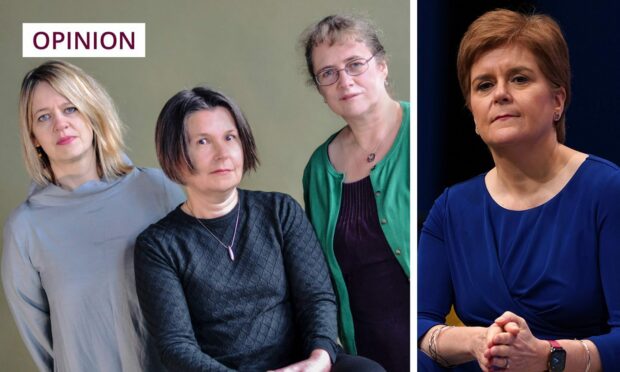
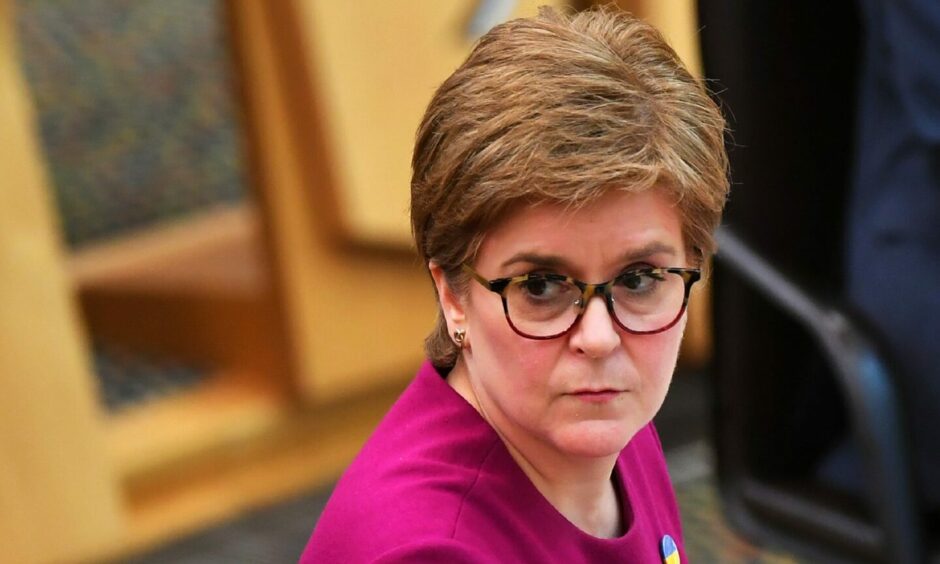
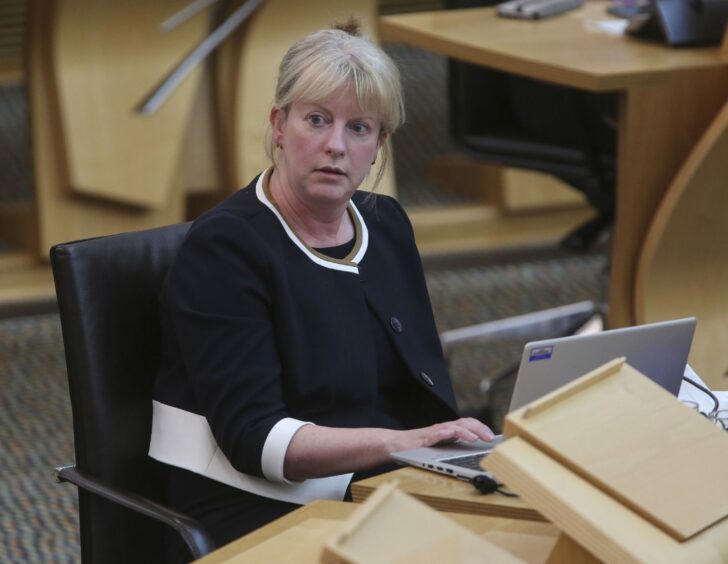
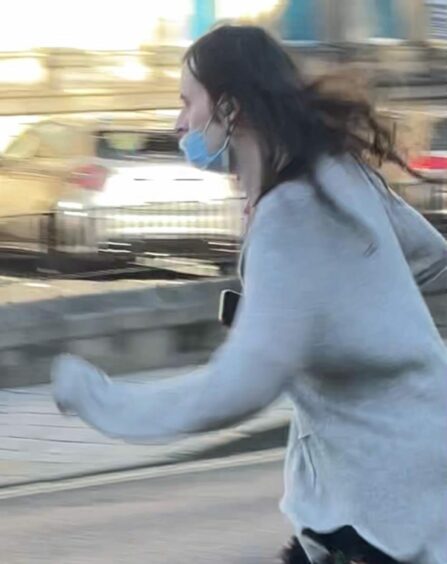
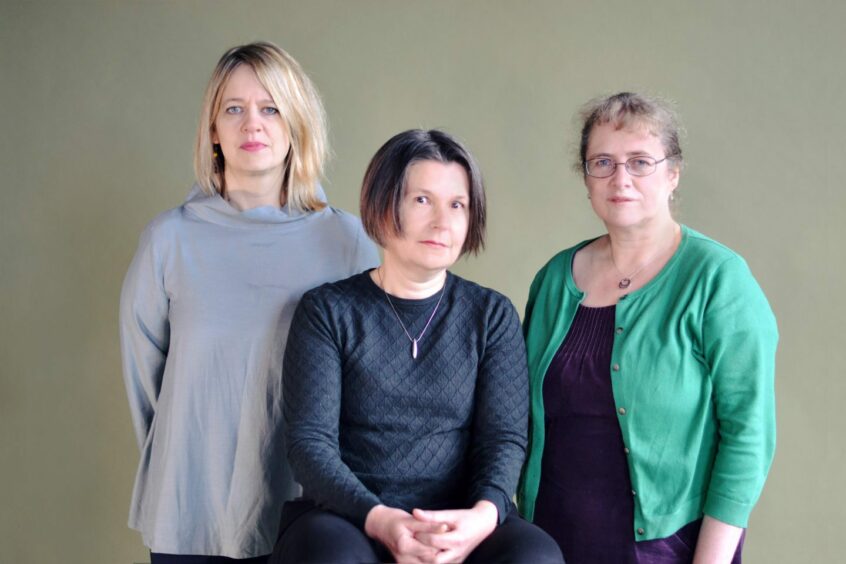
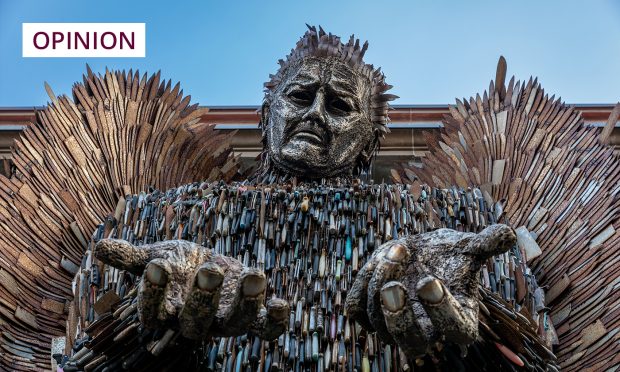
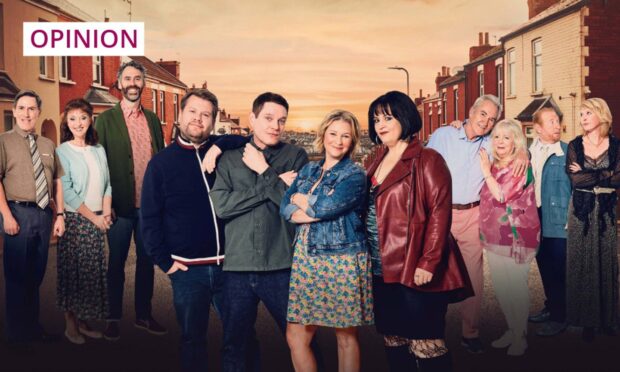
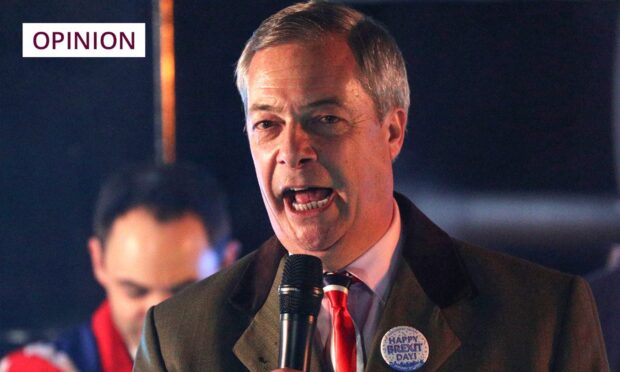
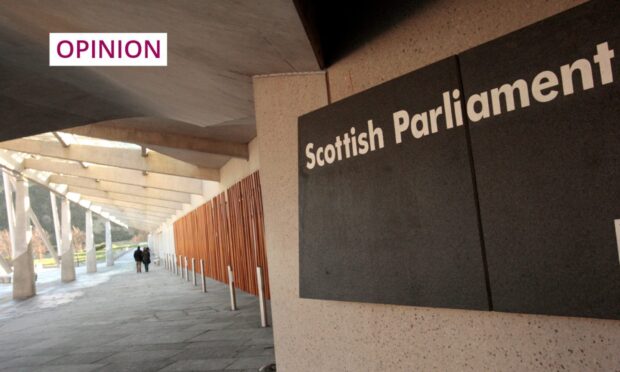




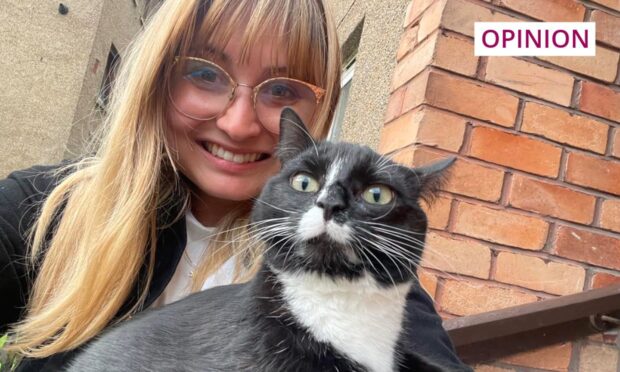
Conversation